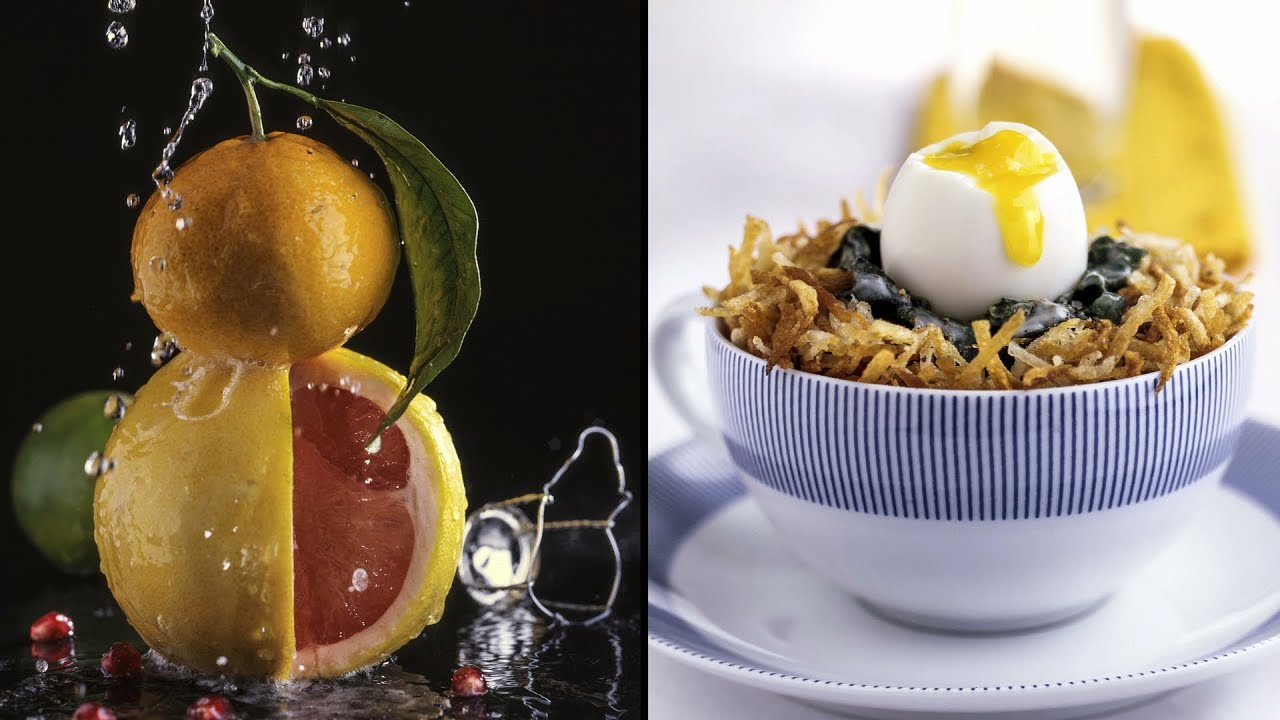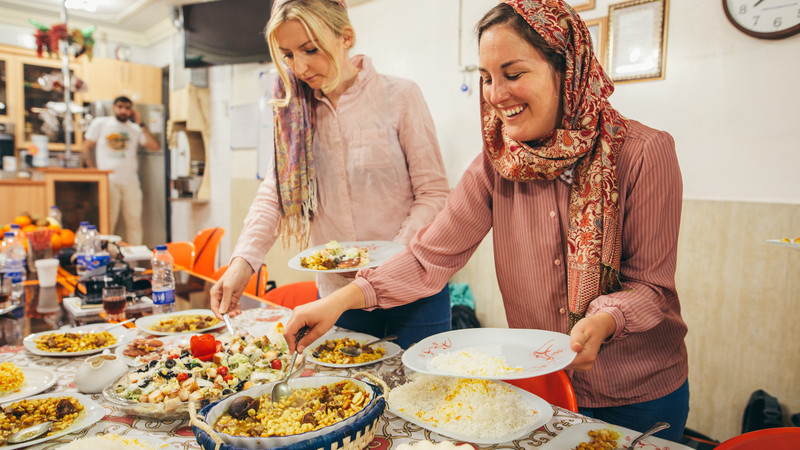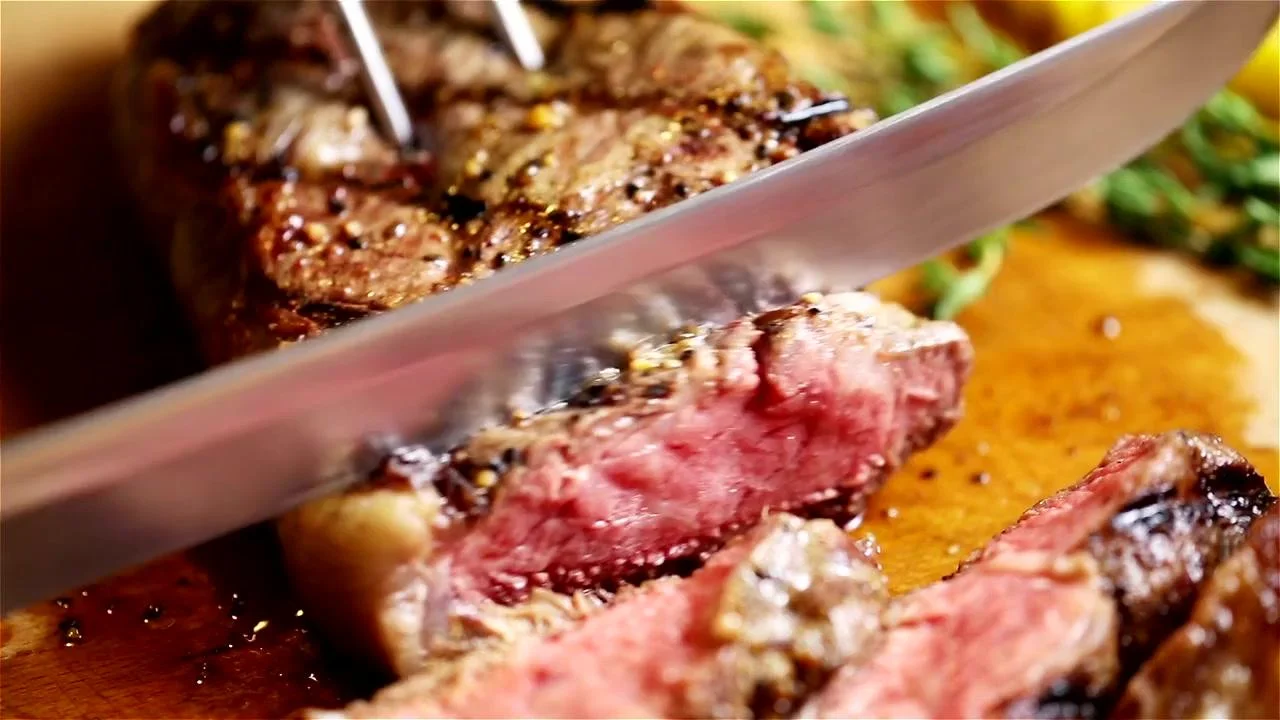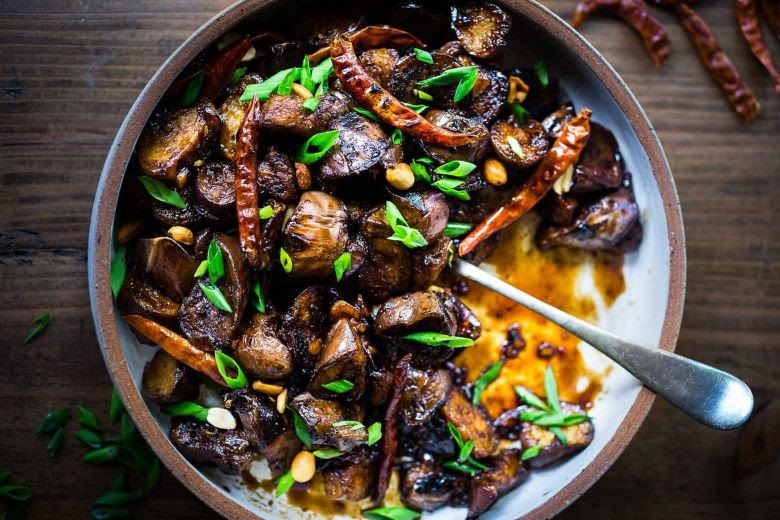The Art of Food Photography
The Art of Food Photography” Food photography has evolved into an art form that not only tantalizes our taste buds but also delights our visual senses. In this article, we’ll delve into the world of food photography, exploring the techniques, tips, and creative processes that go into capturing the beauty of culinary creations.
The Visual Feast
1. Composition: The cornerstone of food photography is composition. Careful arrangement of elements, such as dishes, utensils, and garnishes, creates an appealing visual balance. Consider the rule of thirds, leading lines, and symmetry to guide your composition. The Art of Food Photography. The cornerstone of food photography is composition. Careful arrangement of elements, such as dishes, utensils, and garnishes, creates an appealing visual balance. Consider the rule of thirds, leading lines, and symmetry to guide your composition. The Art of Food Photography
2. Lighting: Proper lighting is the essence of food photography. Natural light, diffused through curtains or modifiers, is often favored for its soft, flattering effect on food. Experiment with various angles and sources of light to find the most appetizing illumination. The Art of Food Photography
3. Styling: Food stylists play a crucial role in the art of food photography. They meticulously arrange dishes, ensuring every ingredient is presented at its most enticing. Attention to detail is paramount, from the glisten of a sauce to the texture of a sprinkle of herbs.
4. Props and Background: Selecting the right props and background can enhance the story your photo tells. Rustic wooden boards, elegant tableware, or simple, minimalistic settings can complement the food and elevate the image.
5. Capturing Moments: Candid shots of food being prepared, served, or enjoyed by others can add an authentic and emotional dimension to your food photography. The Art of Food Photography
Tools of the Trade
1. Camera and Lenses: While professional cameras produce high-quality images, even smartphones with advanced camera capabilities can yield impressive results. Experiment with different lenses, such as macro for close-ups and wide-angle for context. The Art of Food Photography
2. Tripod: A stable platform is essential for achieving sharp images, particularly in low-light conditions. A tripod allows for precise composition and long exposures.
3. Reflectors and Diffusers: Reflectors bounce light onto the subject, while diffusers soften harsh light. These tools help you control and manipulate the lighting to your advantage.
4. Editing Software: Post-processing is a valuable step in food photography. Software like Adobe Lightroom and Photoshop enables you to fine-tune exposure, colors, and details to achieve the desired look.
Tips for Success
1. Be Patient: Food photography often requires meticulous attention to detail. Take your time to set up the shot and make adjustments as needed.
2. Tell a Story: Think about the story you want to convey with your photo. Is it a cozy homemade meal, an elegant dining experience, or a vibrant street food scene?
3. Experiment: Don’t be afraid to try different angles, compositions, and lighting setups. Experimentation can lead to unique and captivating shots.
4. Consistency: If you’re creating a series of food photos, maintaining a consistent style, color palette, and editing approach can create a cohesive visual narrative.
5. Stay Inspired: Draw inspiration from food magazines, cookbooks, social media, and the culinary world. Trends in food presentation are ever-evolving.
Food Photography as Art
Food photography is not merely a means to document dishes but a creative expression of culinary artistry. It engages the senses, telling stories of culture, tradition, and creativity. So the next time you savor a beautifully plated meal, remember the artistry behind the lens that brings it to life.






